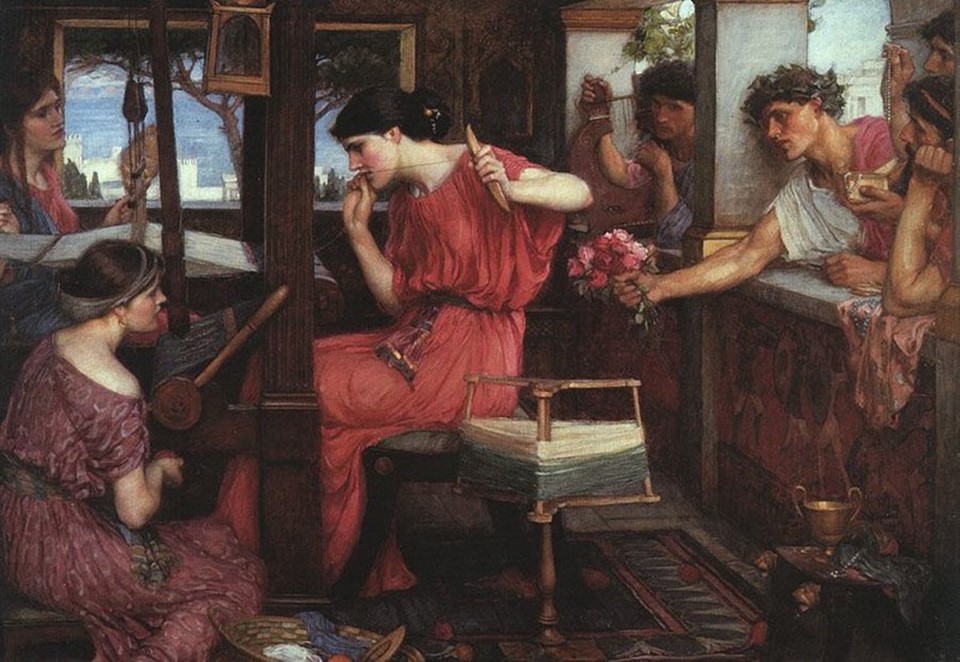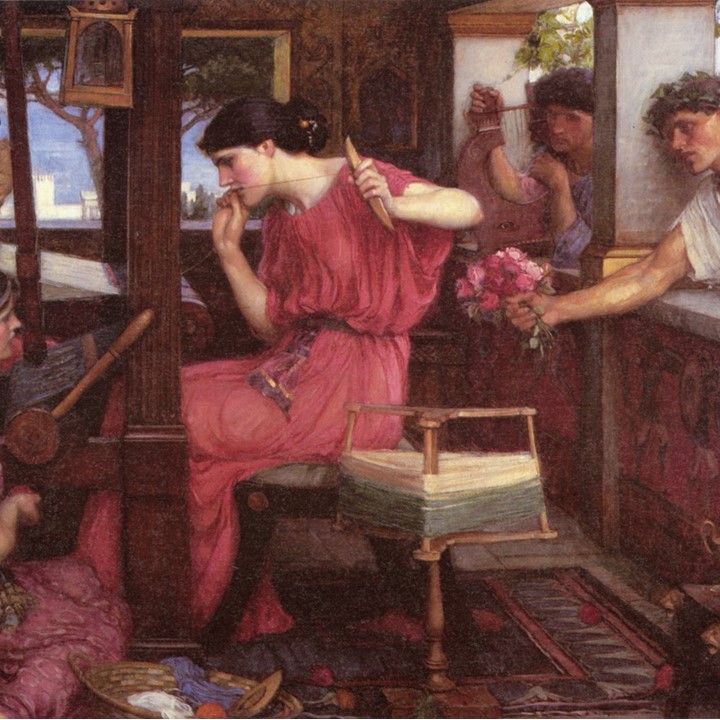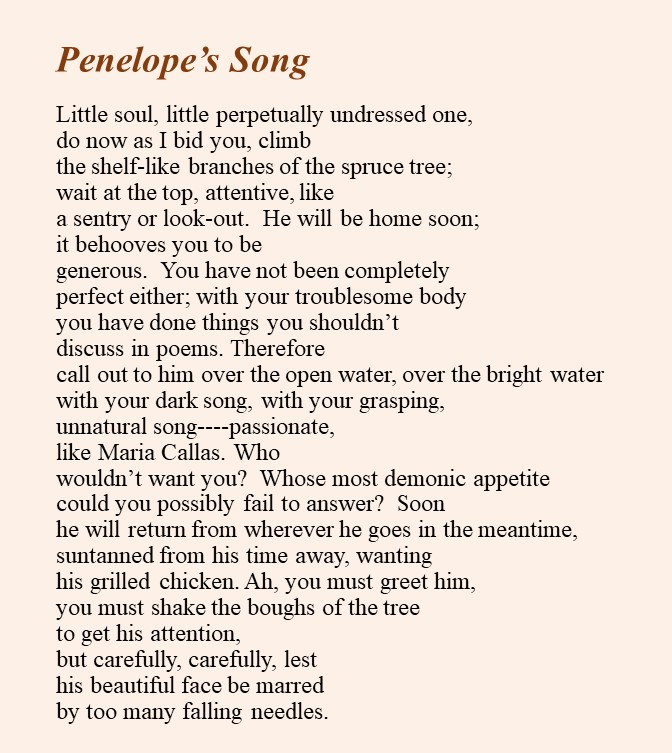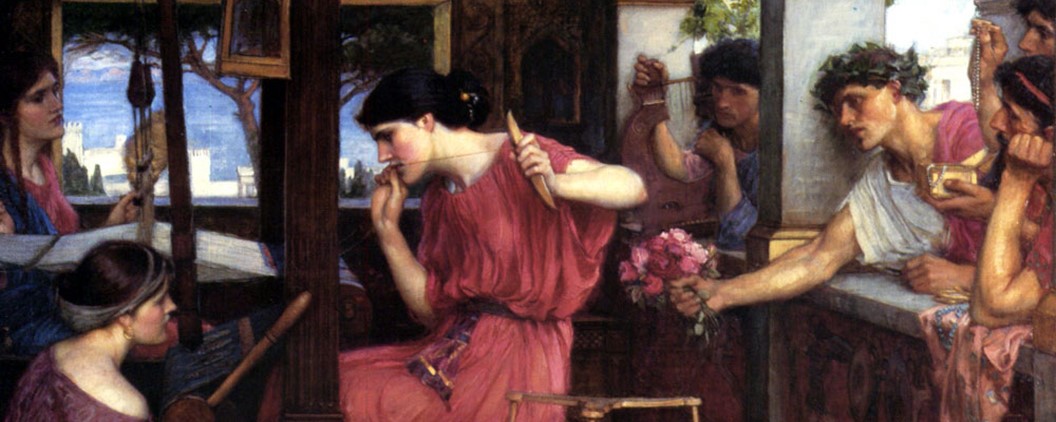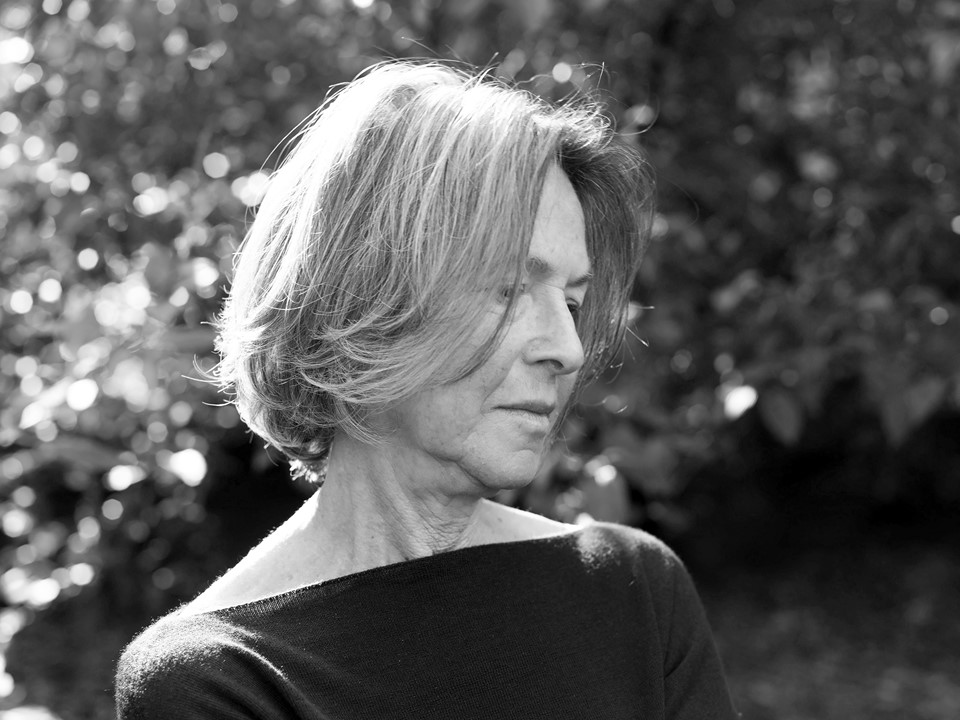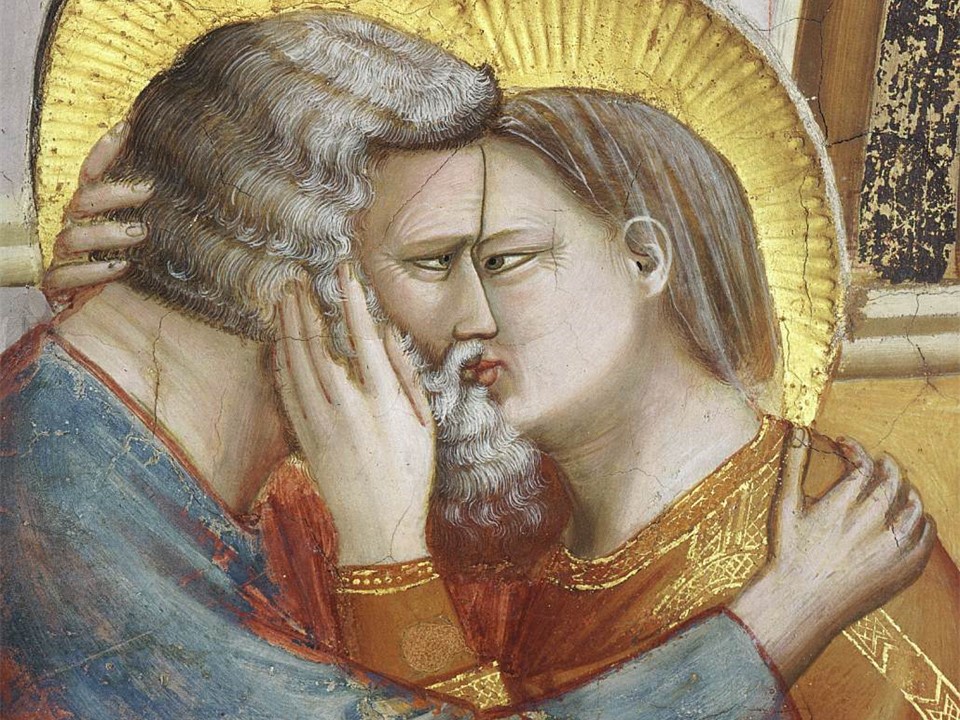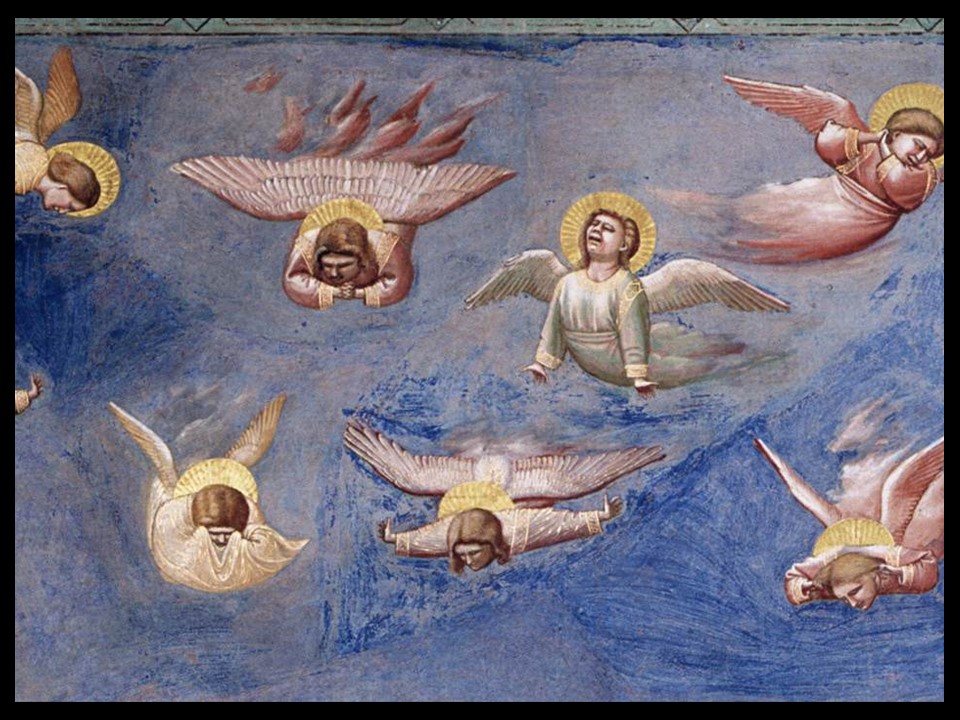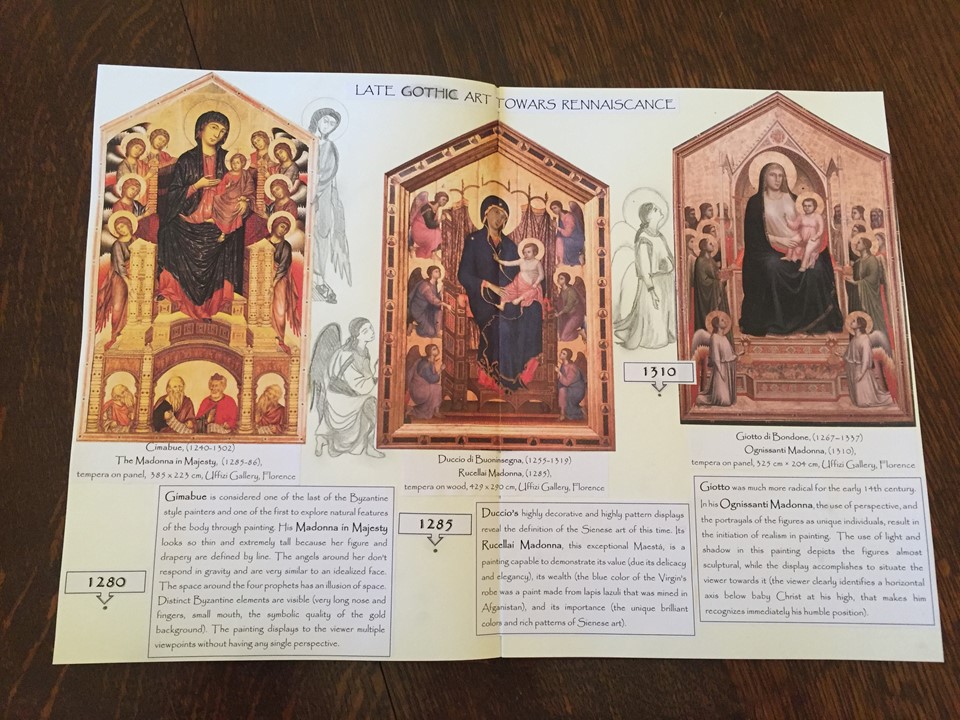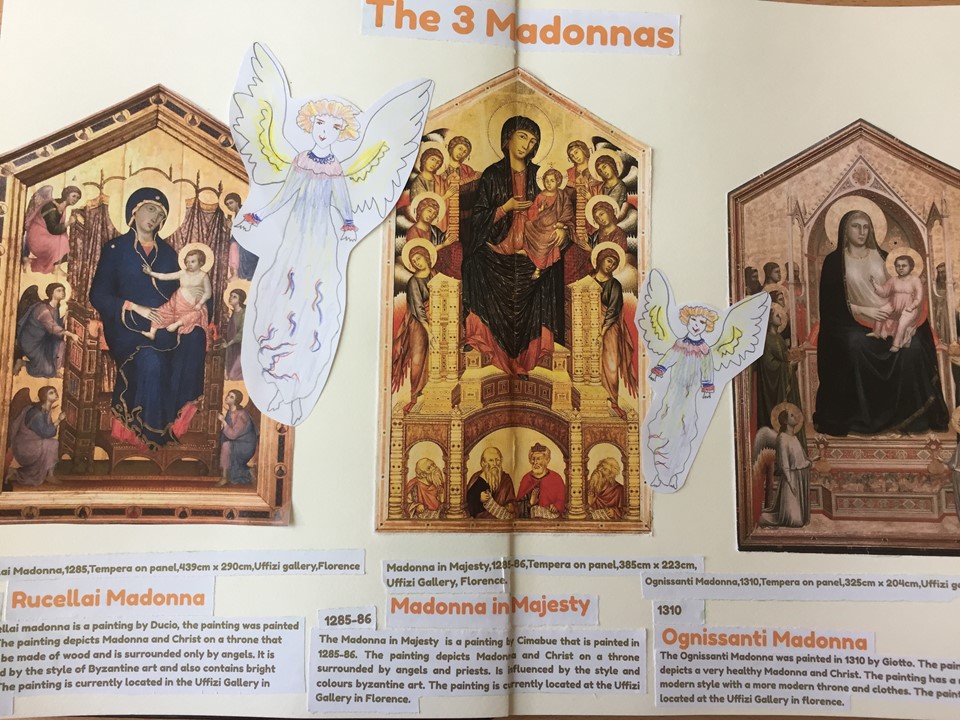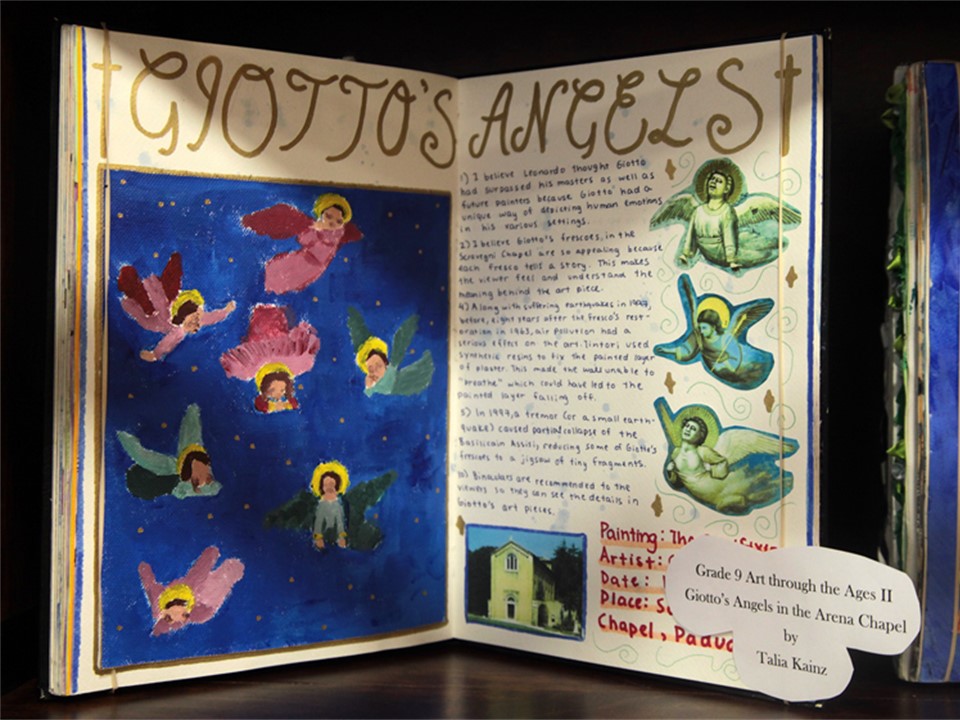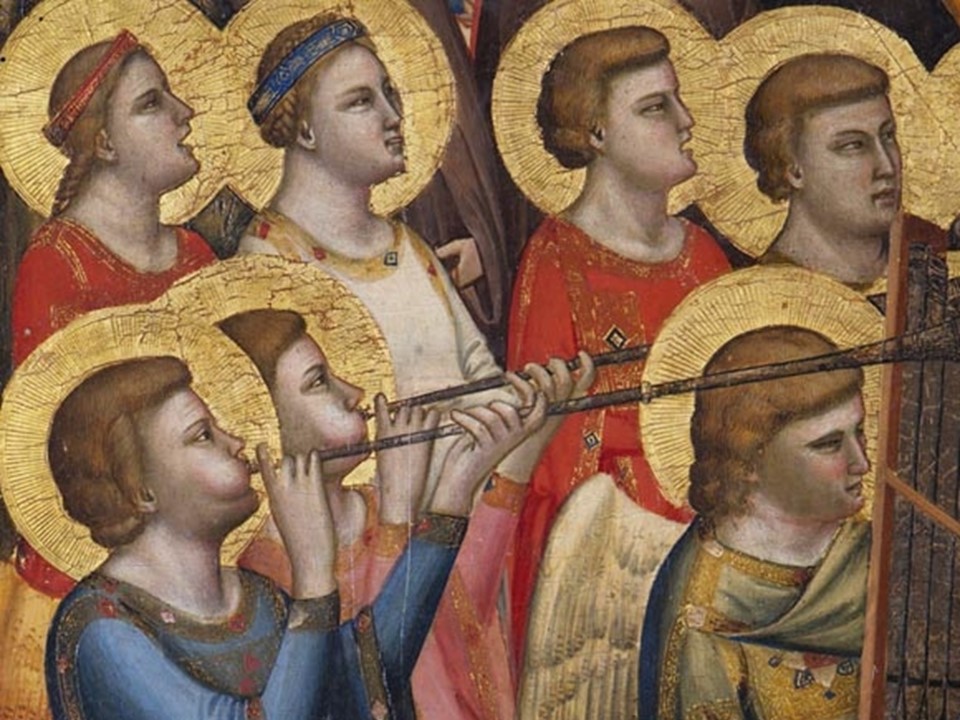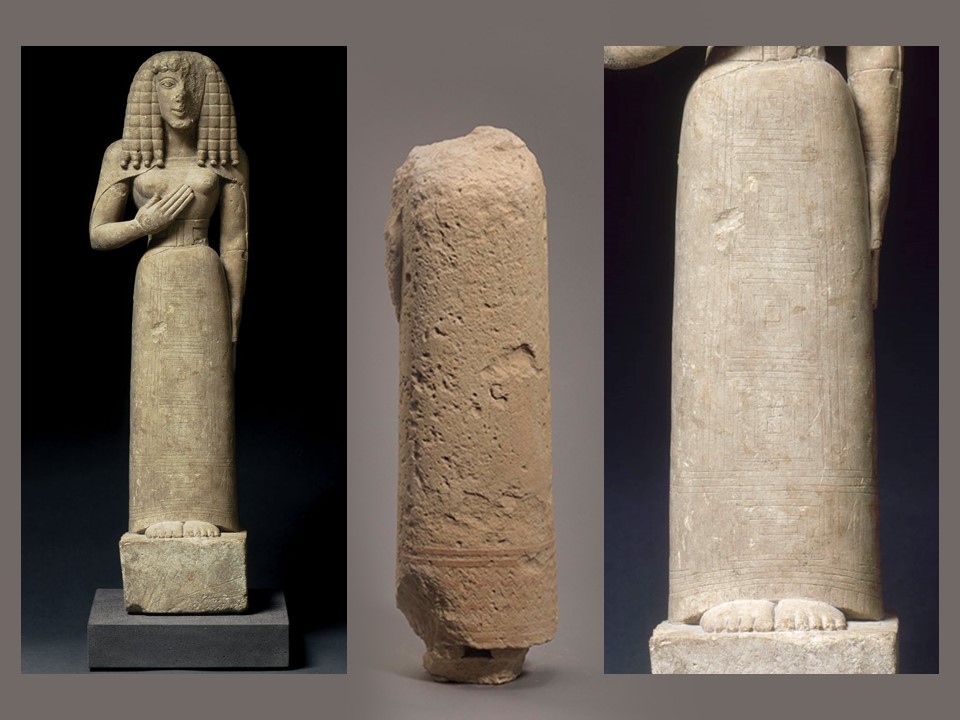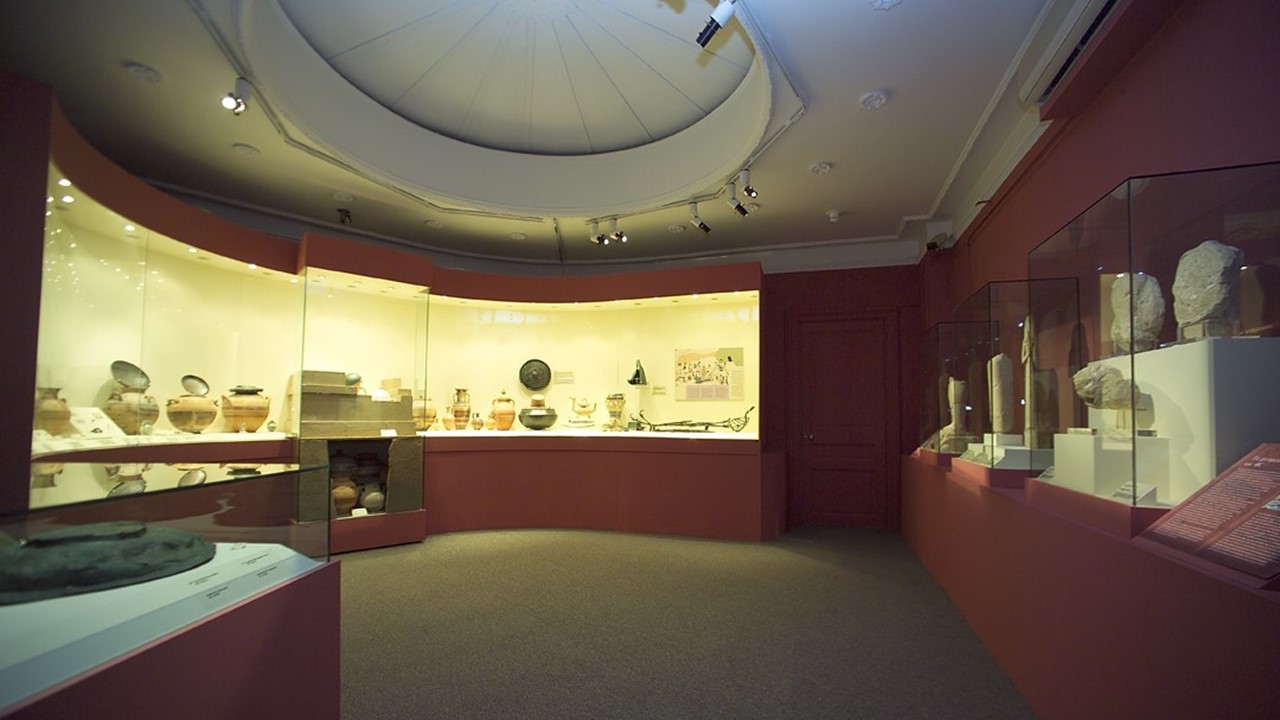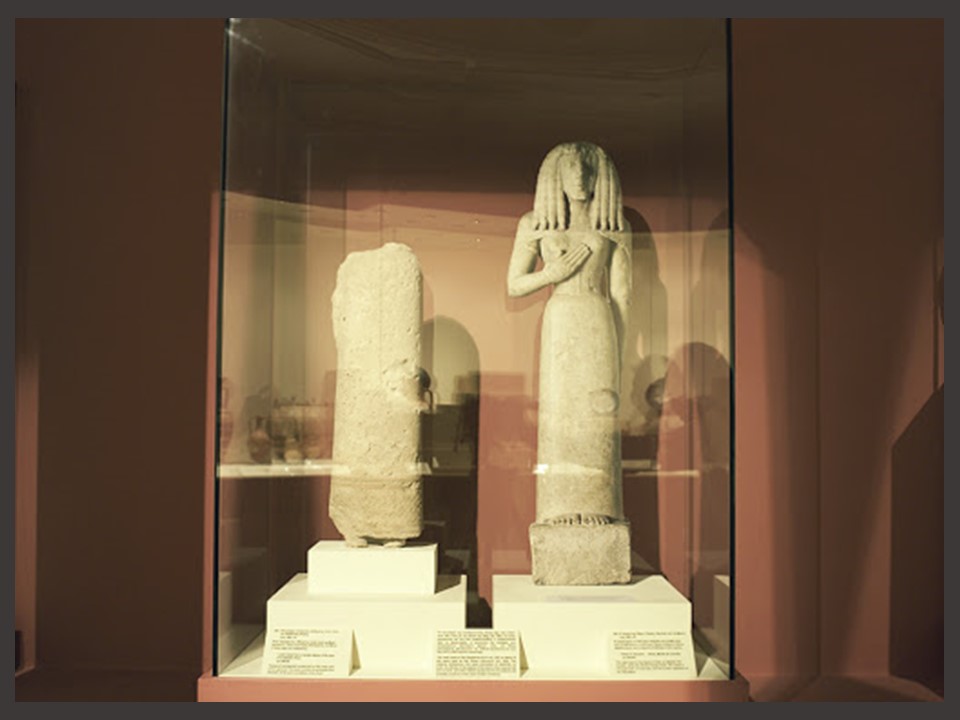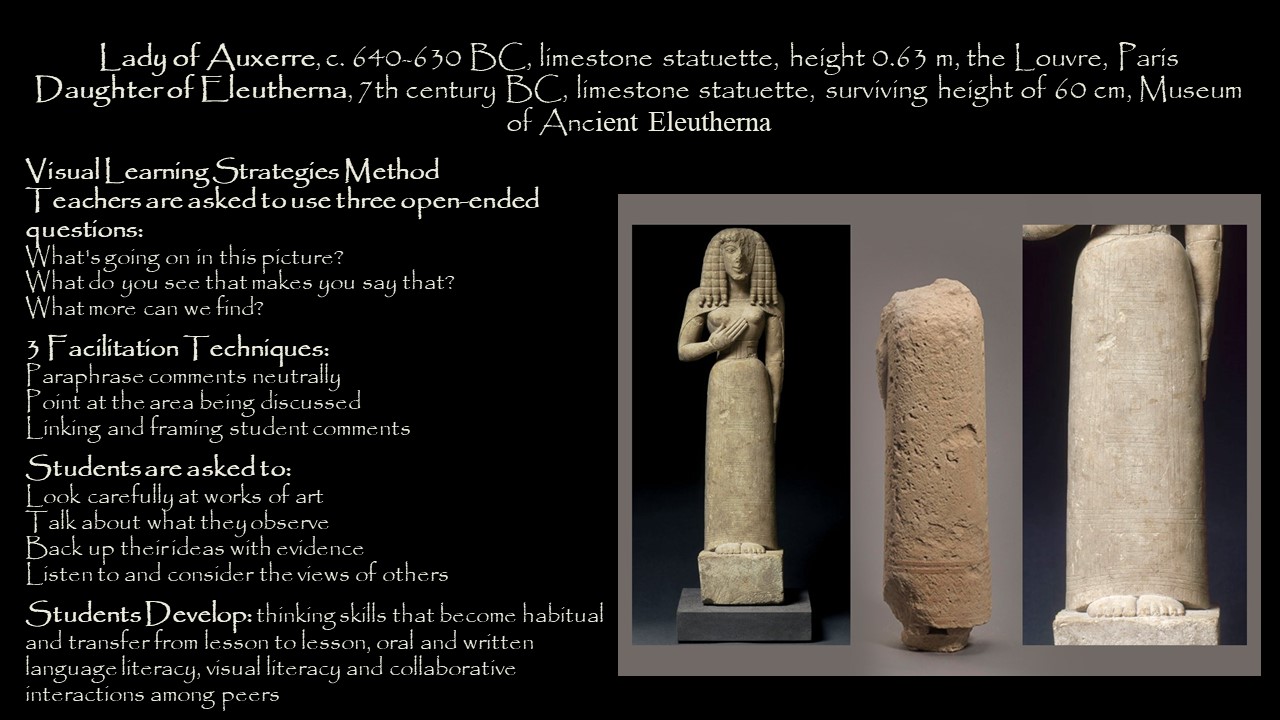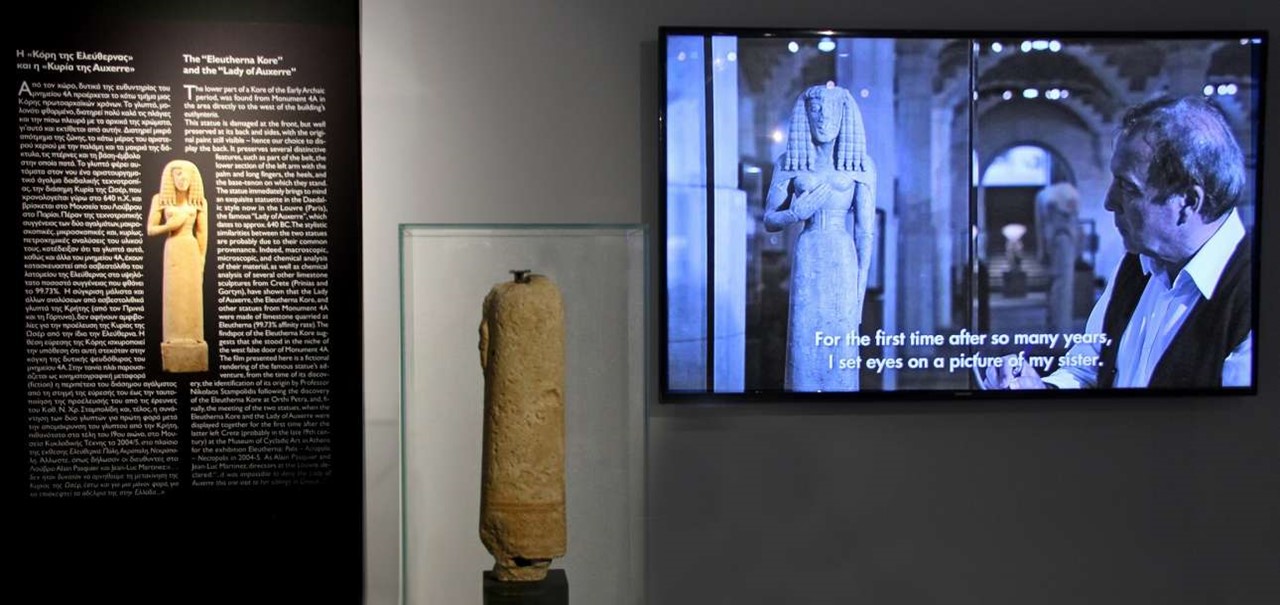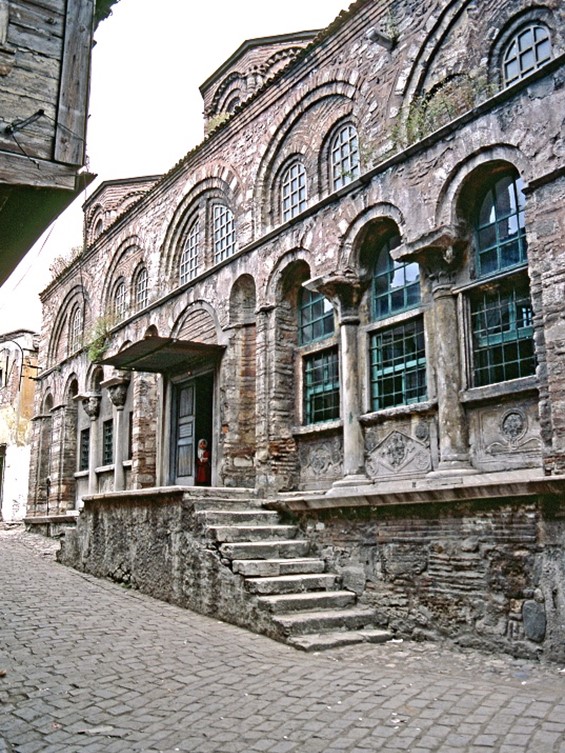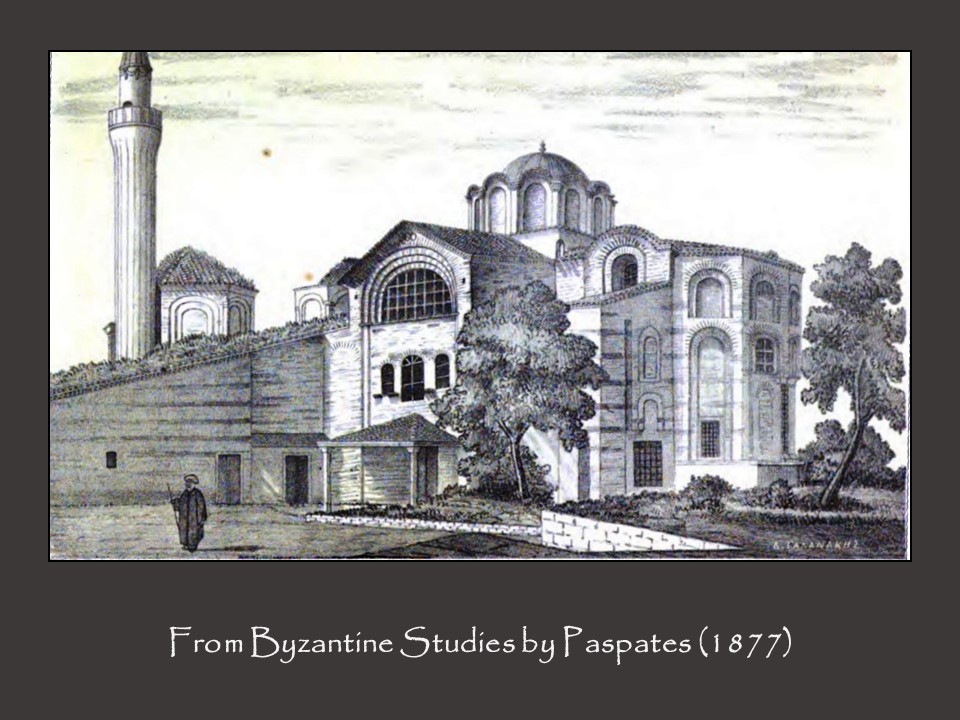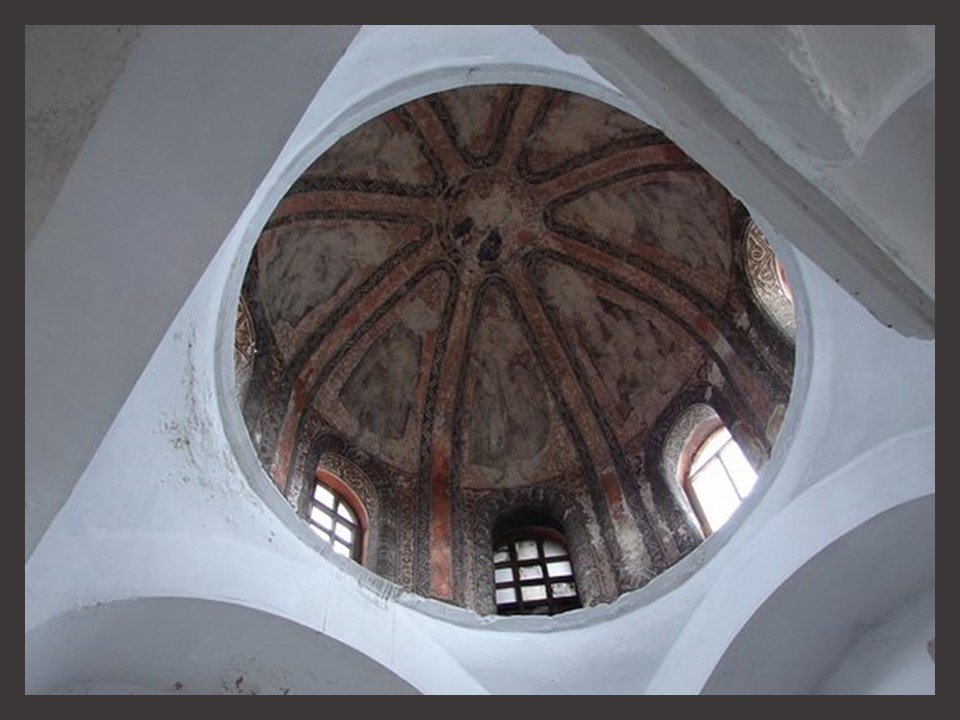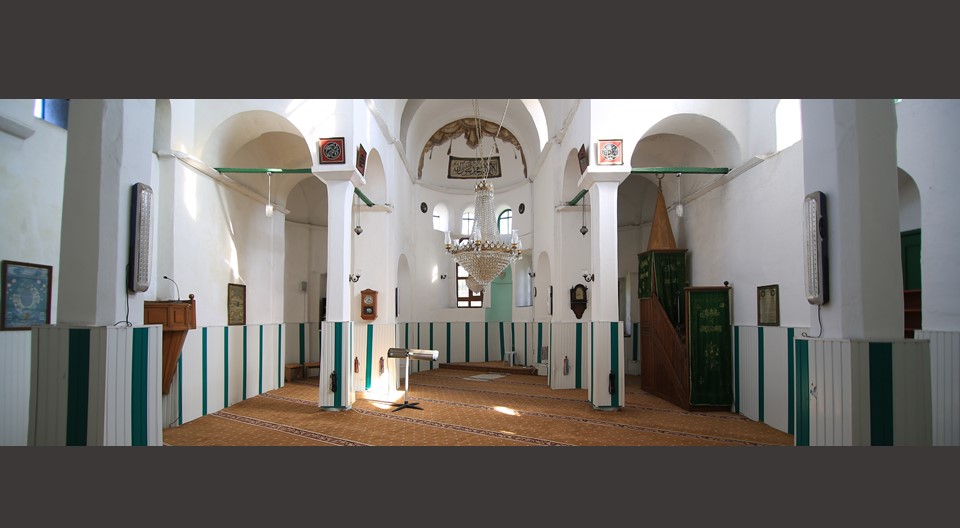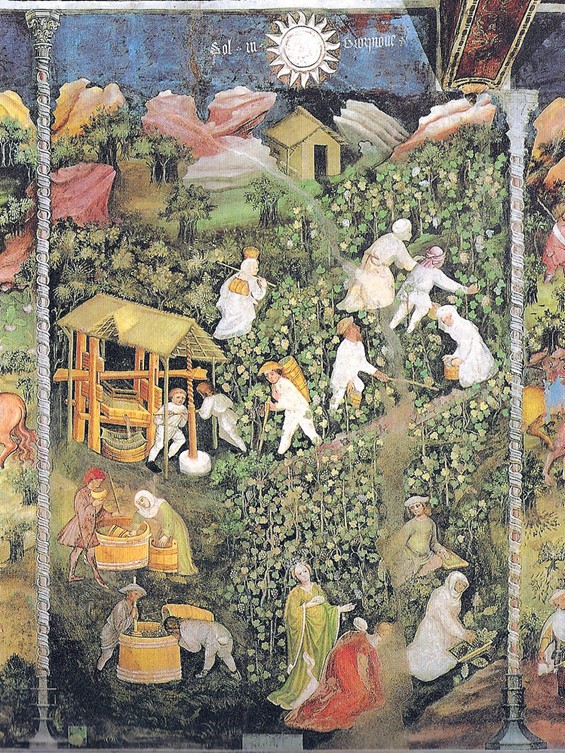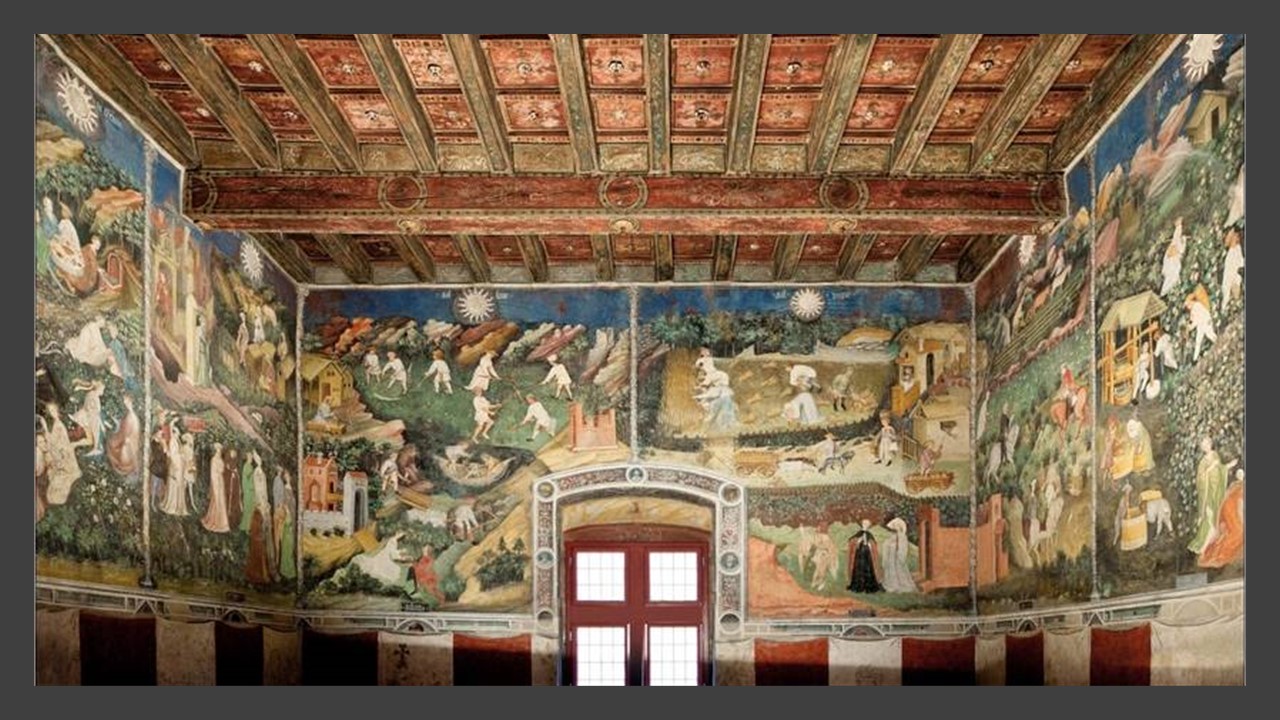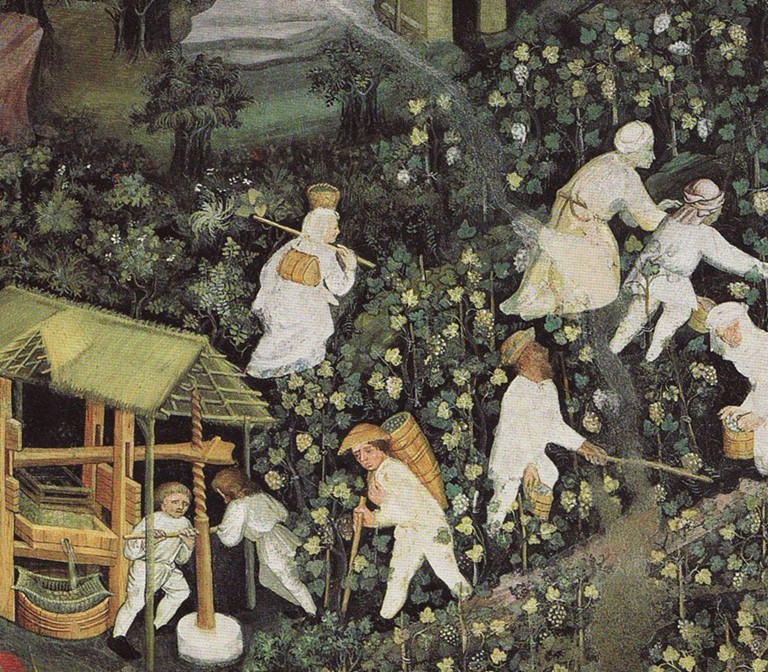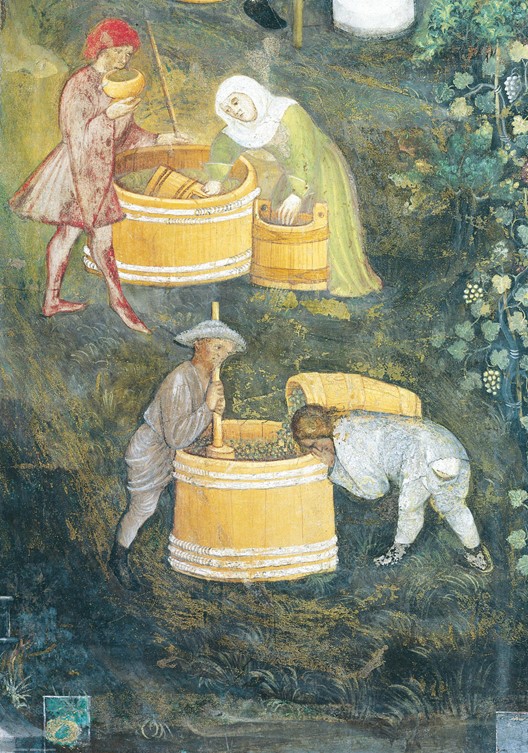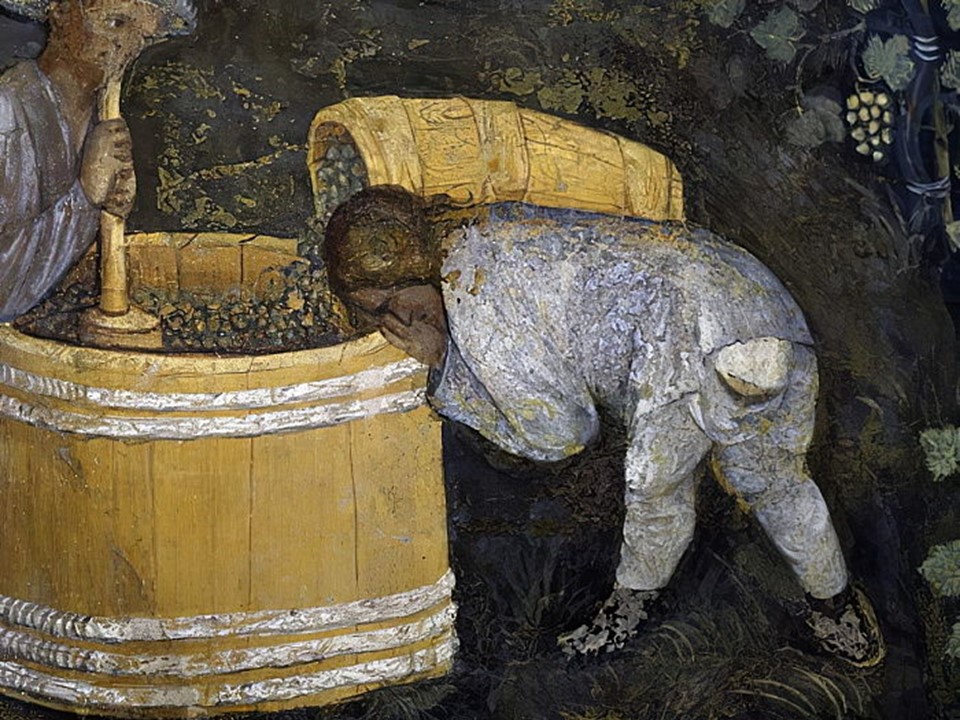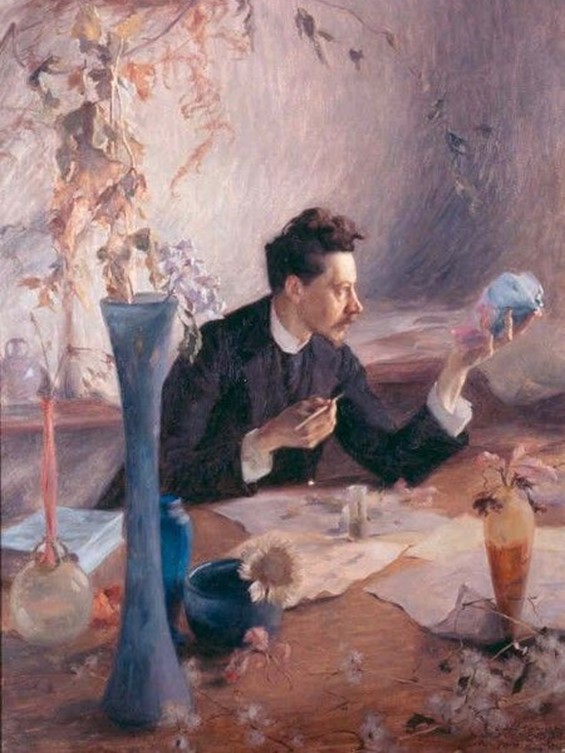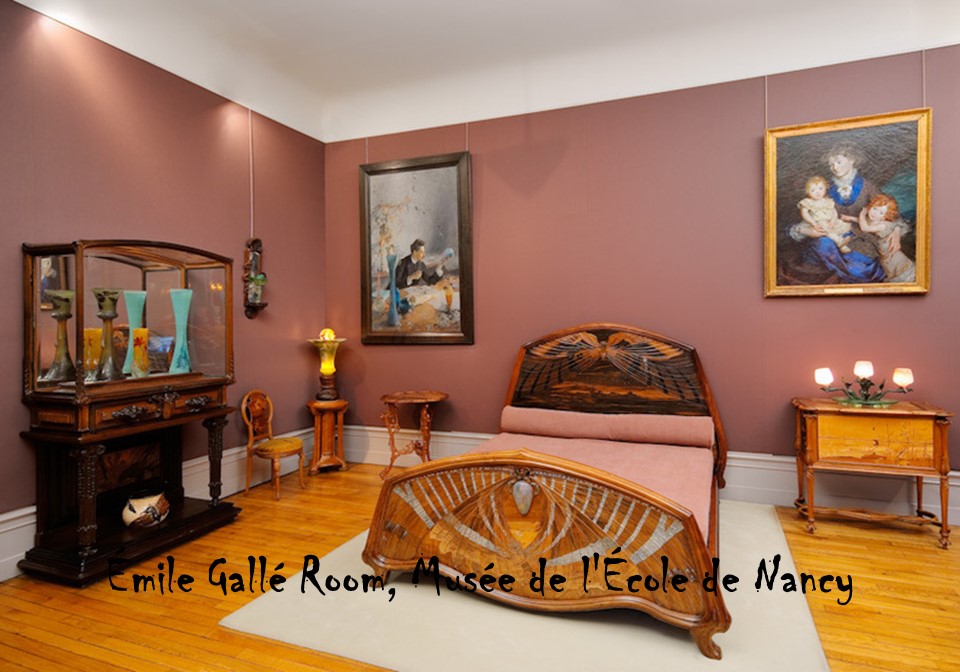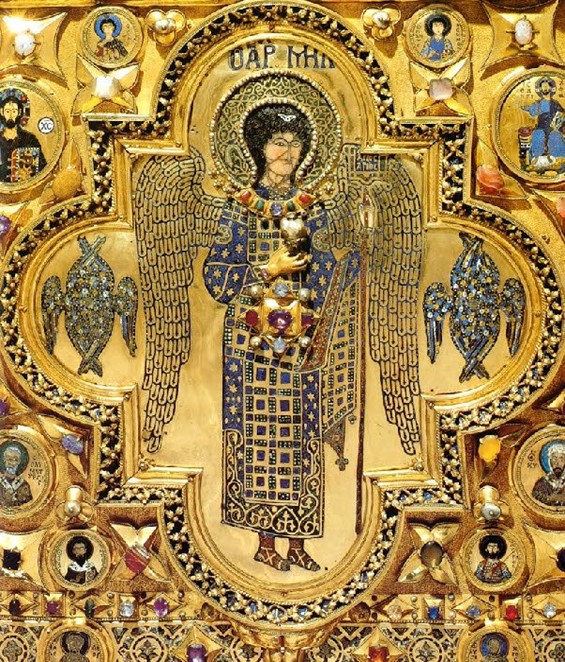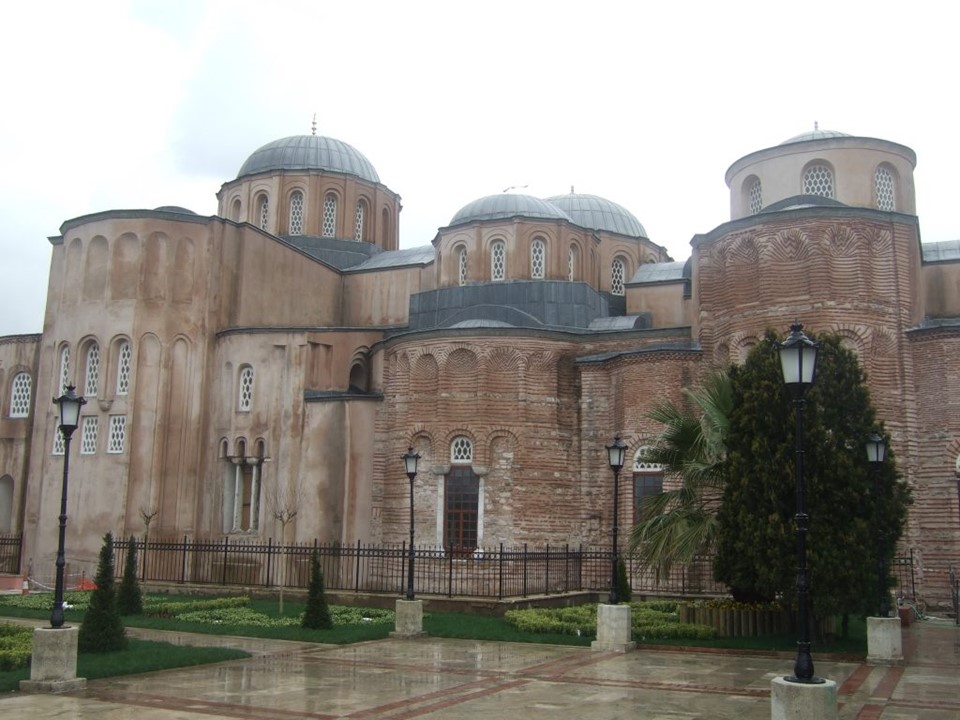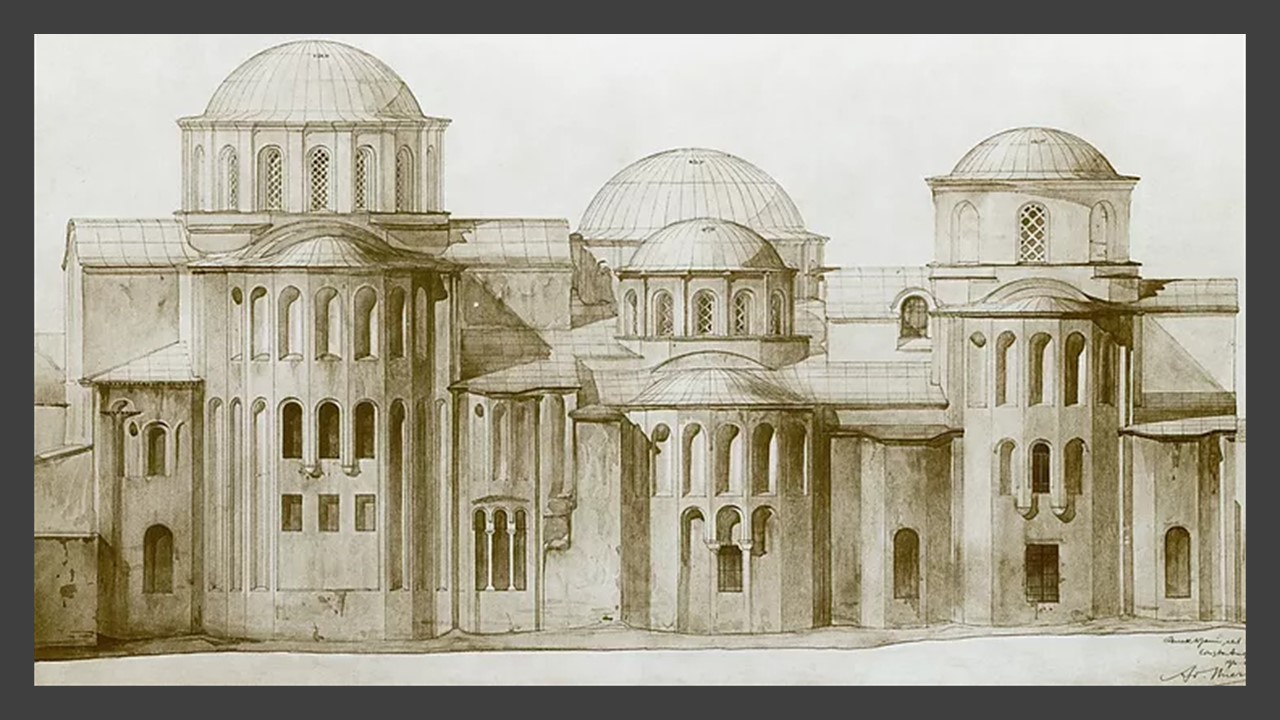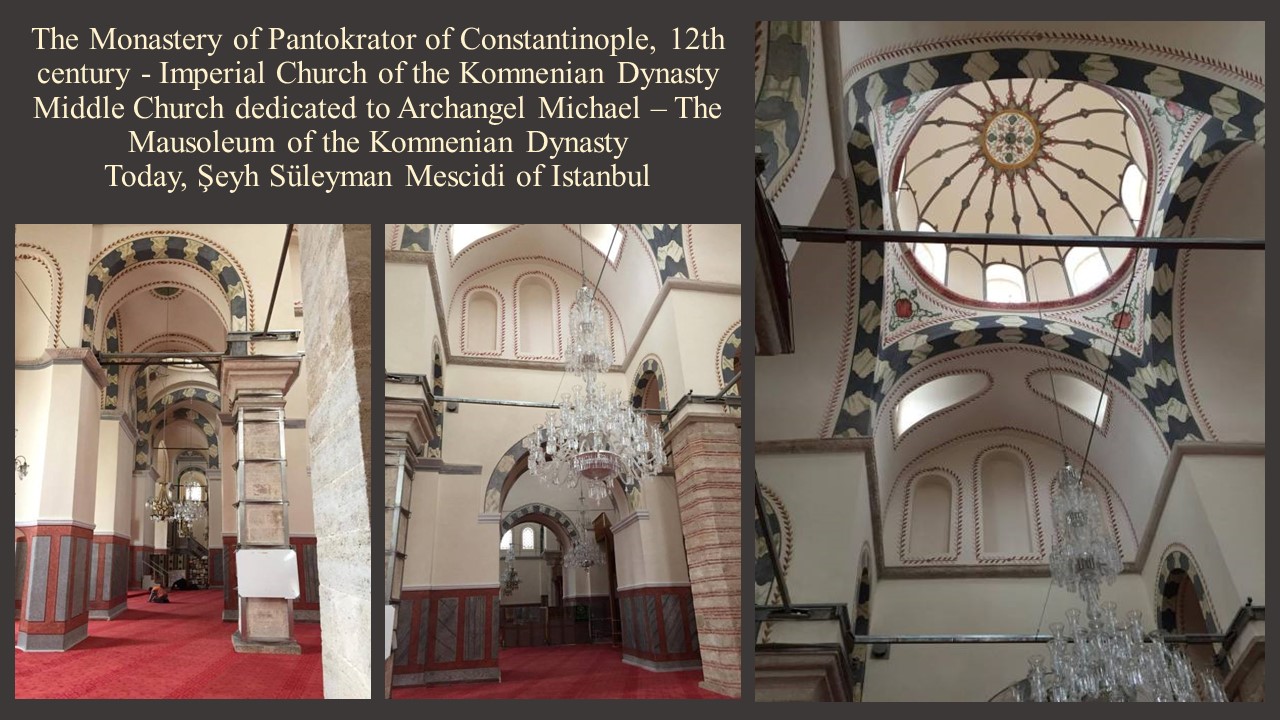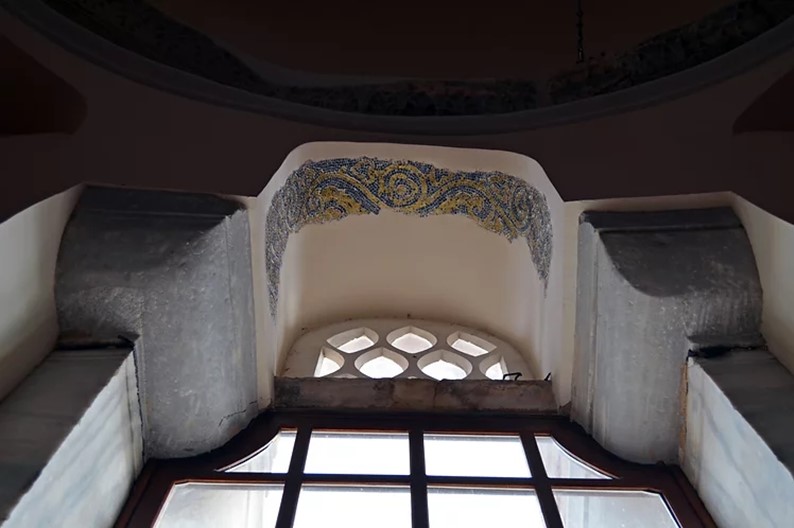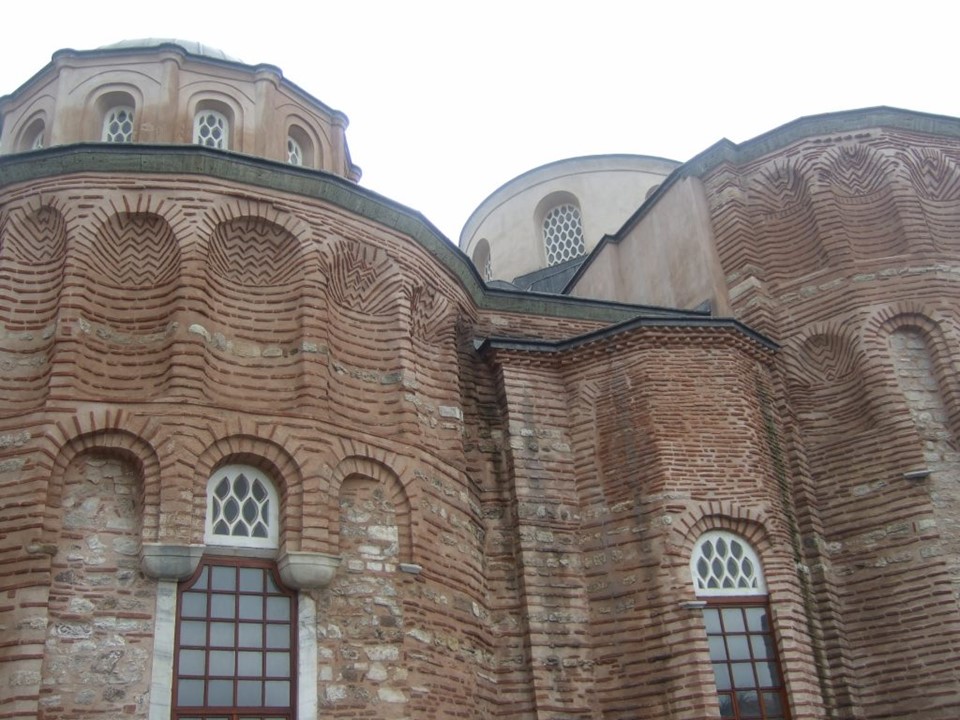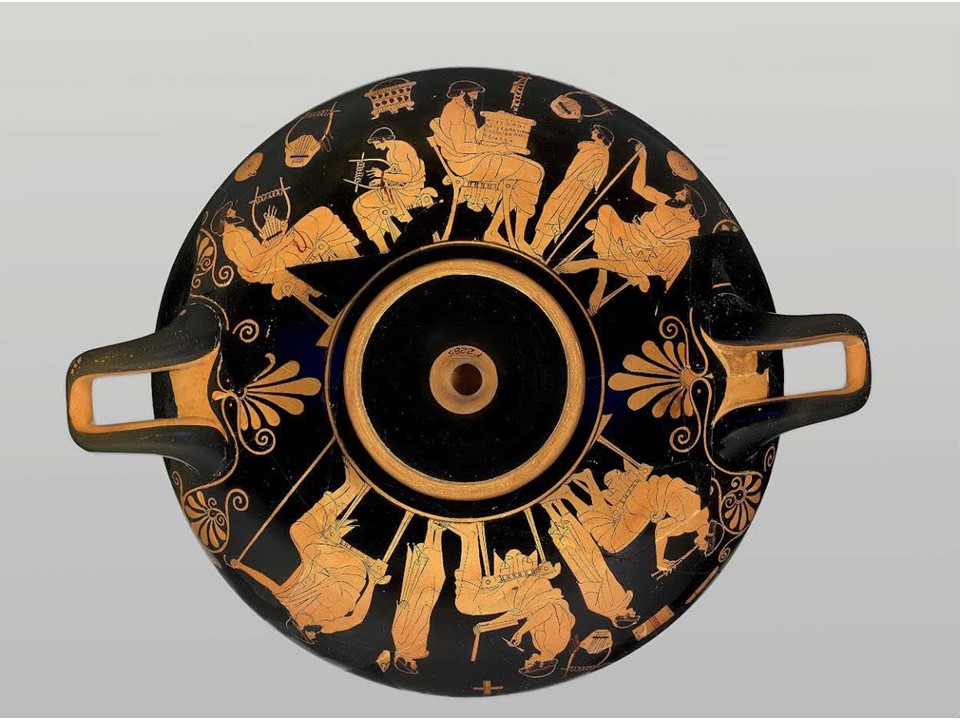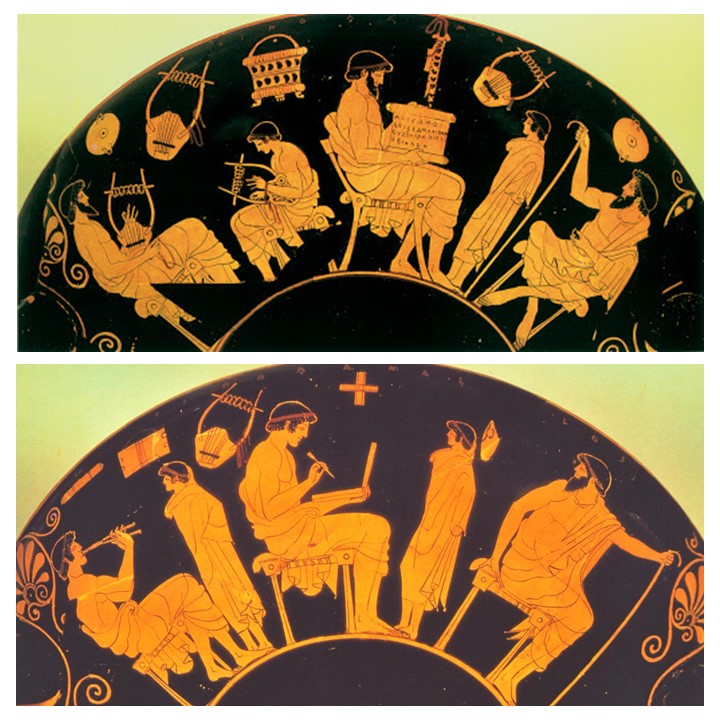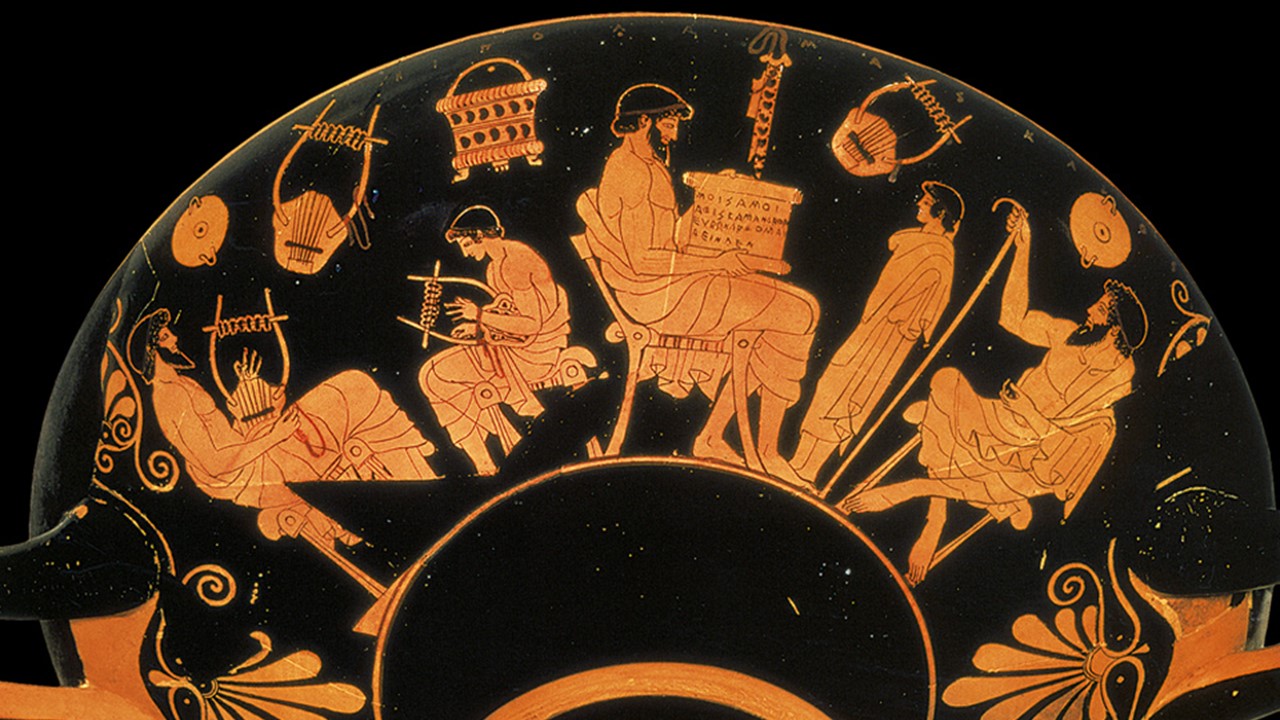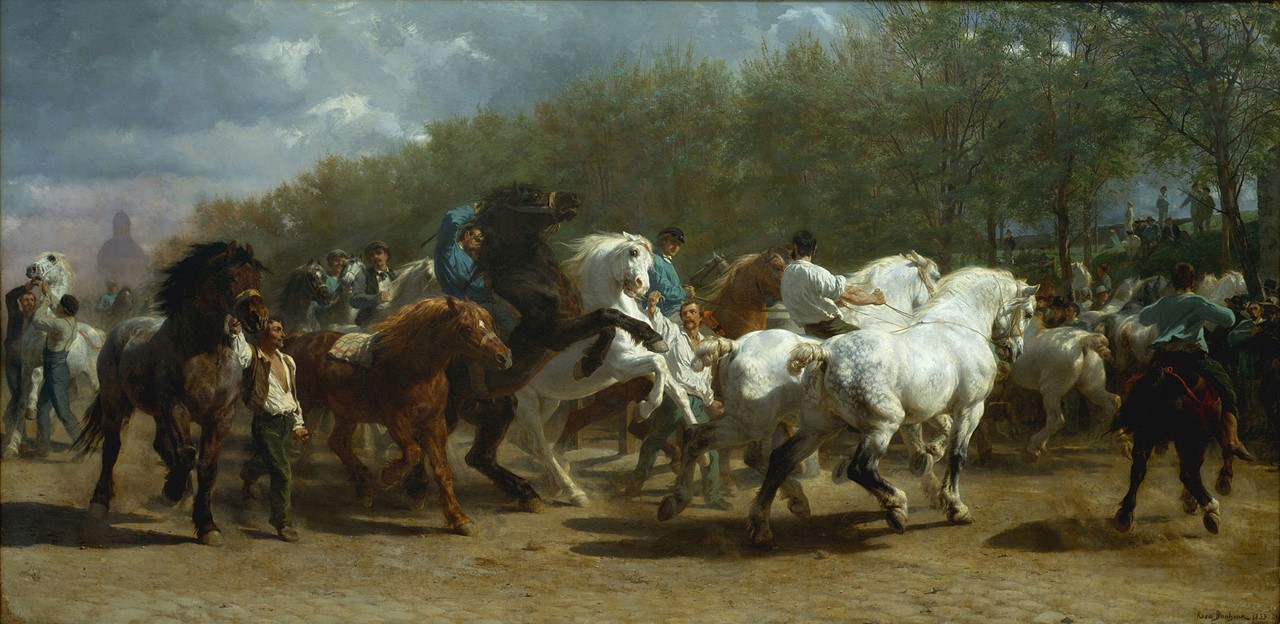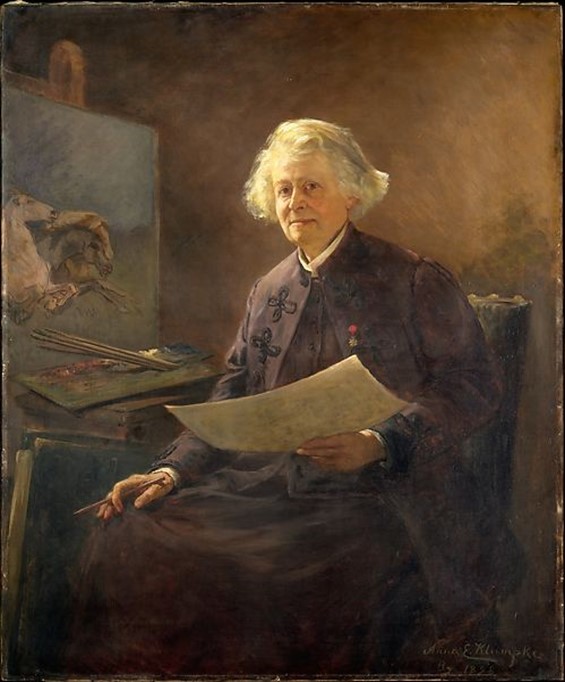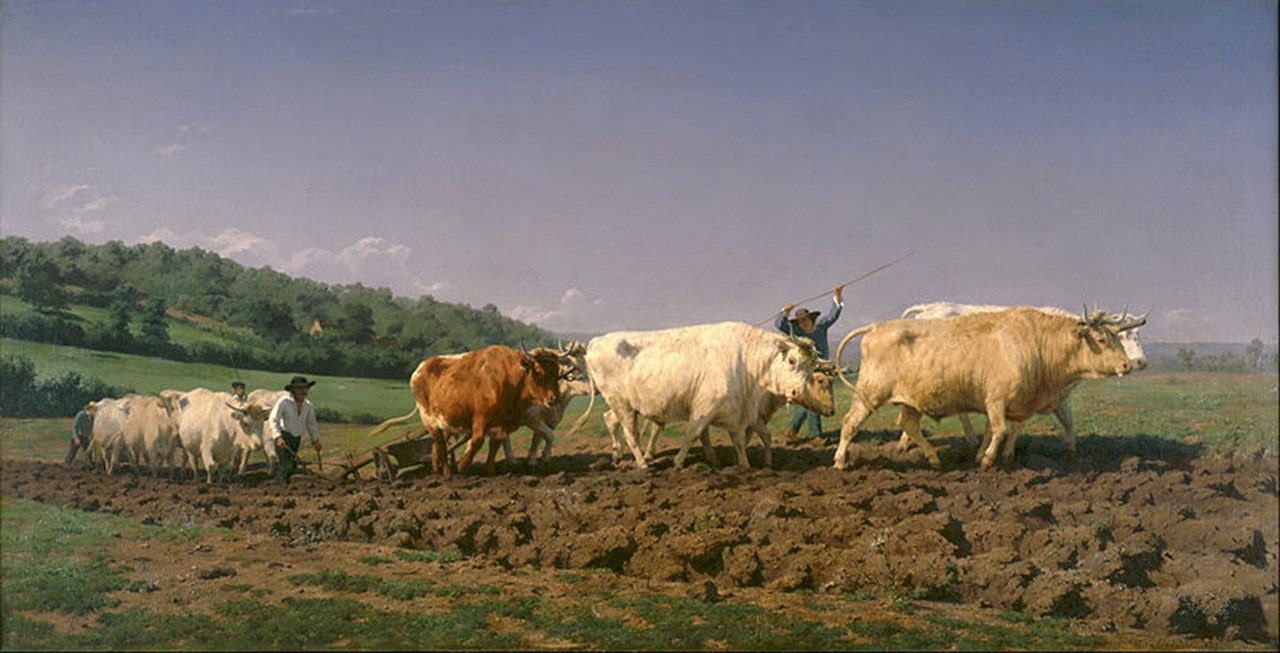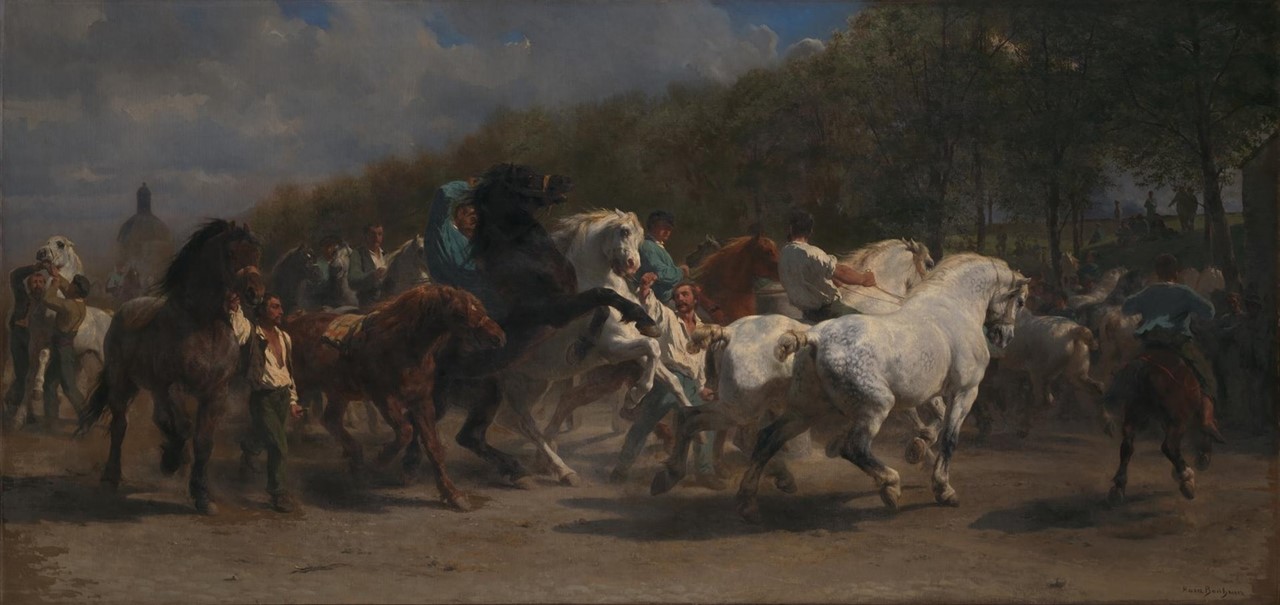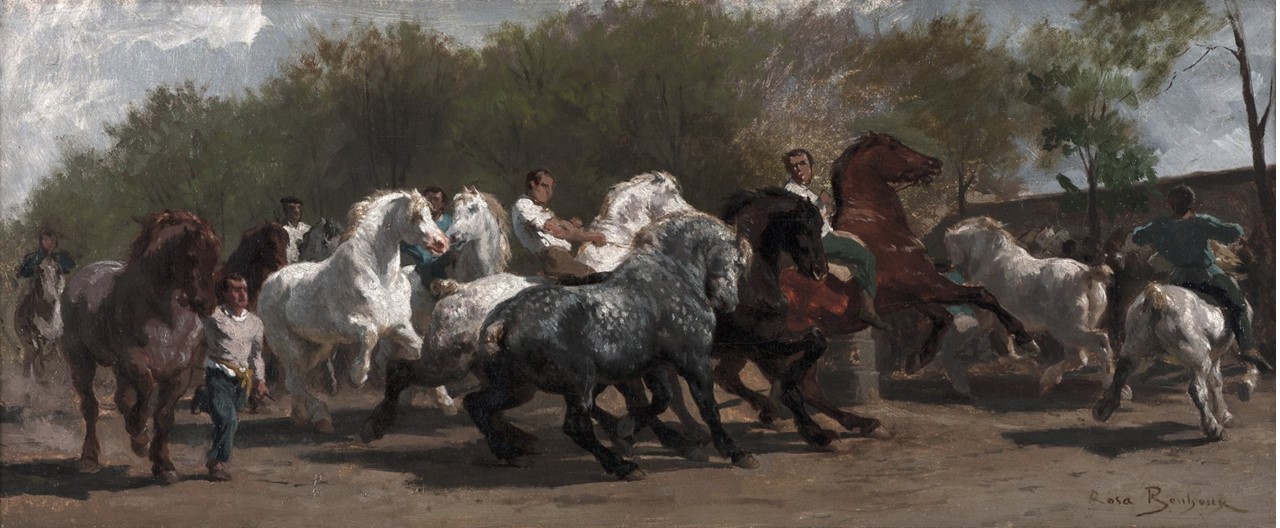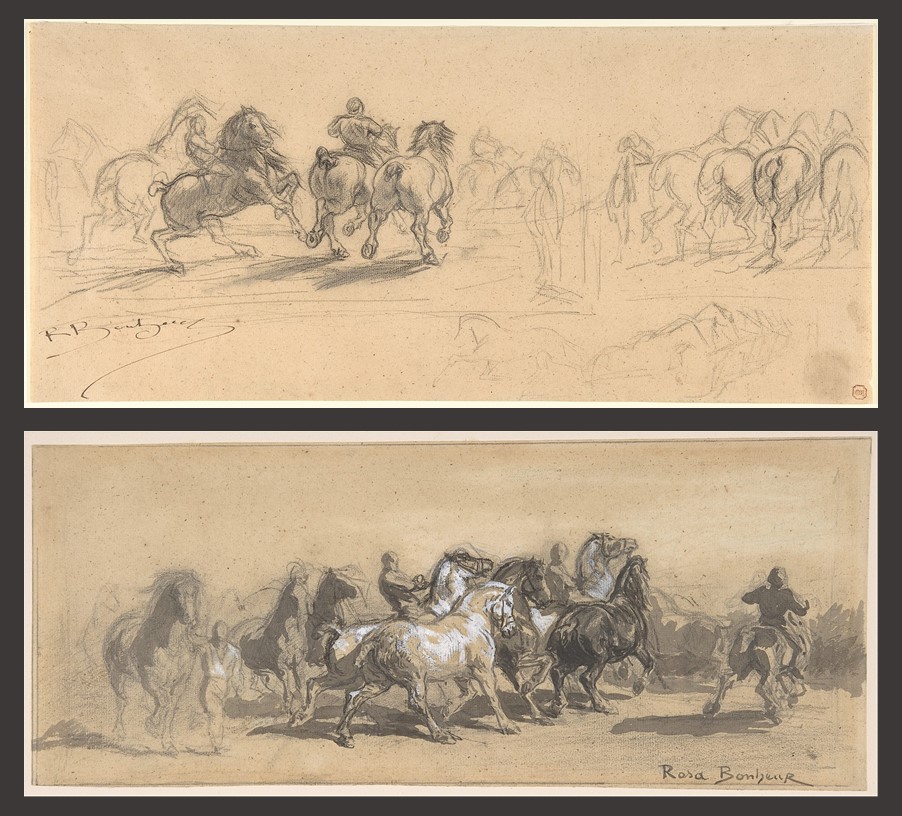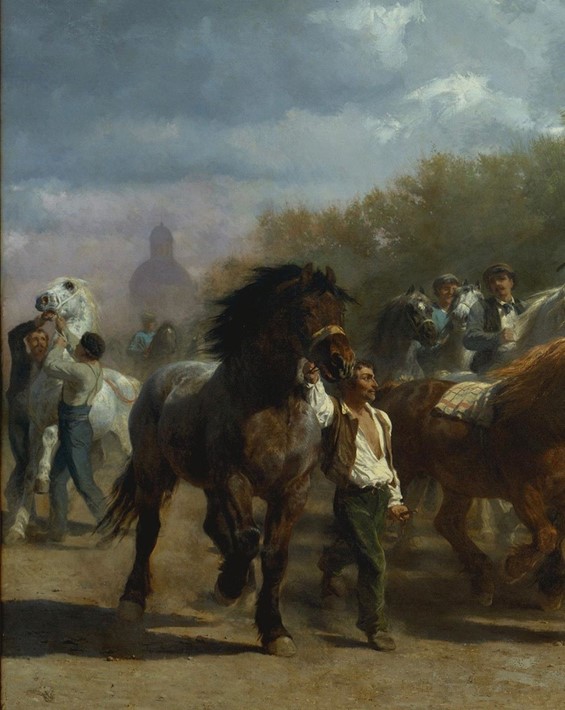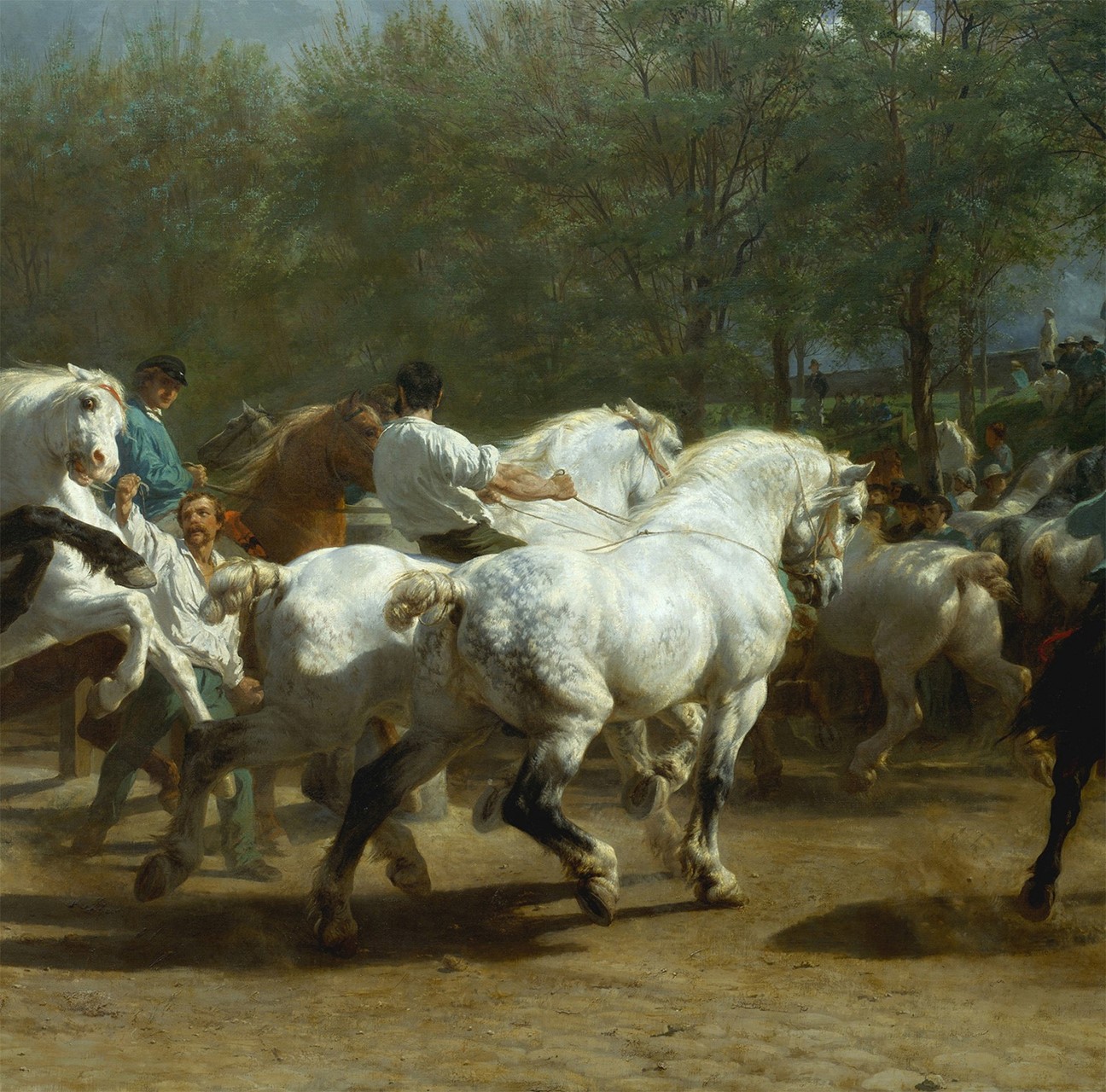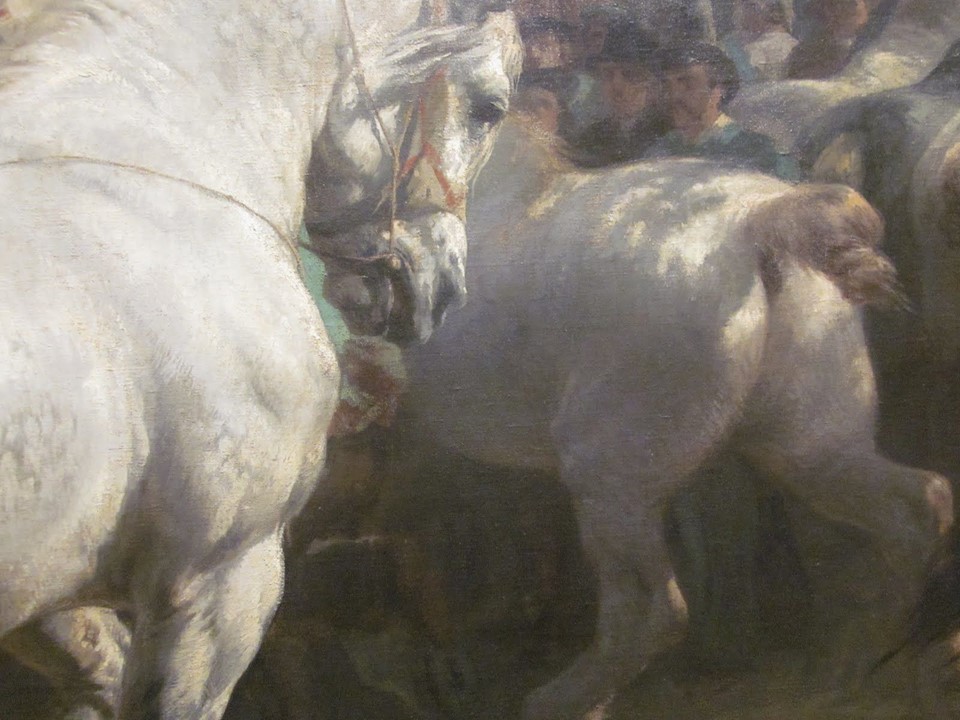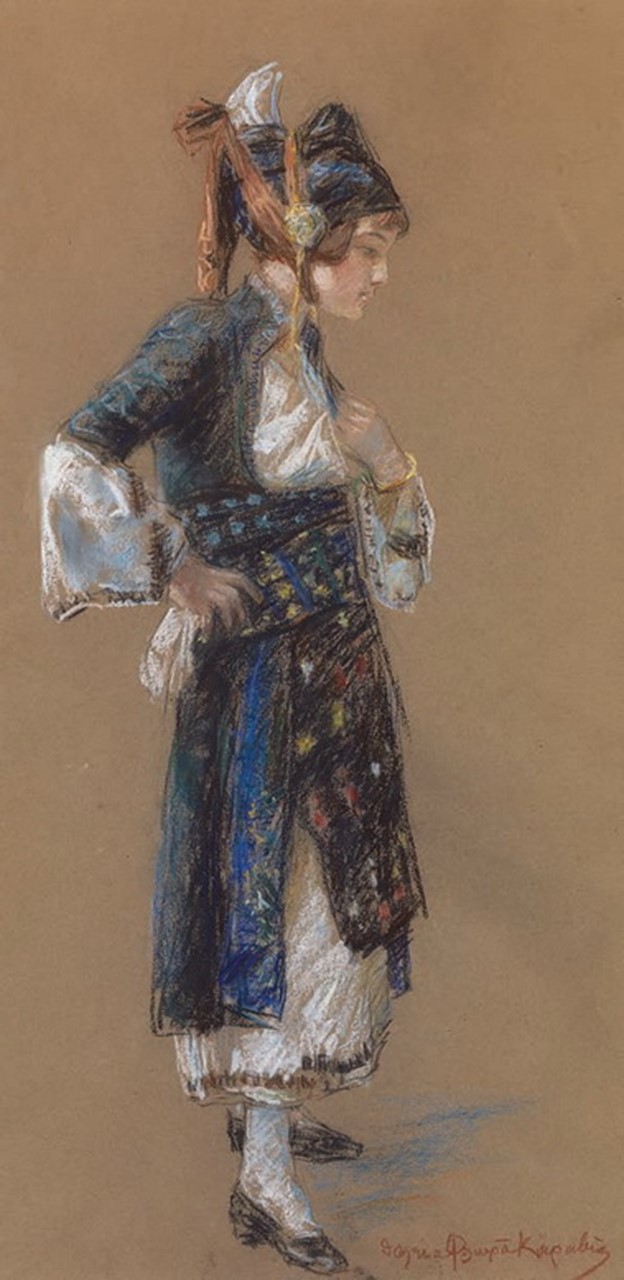
A Girl dressed in the traditional costume of Gida, 1905, pastel on paper, 0,73×0,40 cm, Athanasios Zahos Collection
The outbreak of the First Balkan War in October 1912 found the painter Thalia Flora-Karavia in Munich. She hastily returns to Alexandria and undertakes the obligation of sending NEWS from the Front to the Alexandrian Ephimeris-Newspaper of the Greek Diaspora, which was published by her husband Niko Karavia. As she notes and I paraphrase… ” At that moment, the hostilities were in Macedonia, my particular homeland; shocking as it was…I wanted to watch the liberation struggle up close; with my pencils and crayons and the obligation to write for the Alexandrian ” Newspaper of the Greek Diaspora “, I passed through Athens to obtain the relevant ministerial permit and set off for Thessaloniki… Greek at last “. https://www.kozanilife.gr/2016/10/24/thaleia-flora-karavia-polemika-sxedia-skitsa-siatista/
Born in Siatista in 1871, Thalia Flora-Karavia belonged to a generation of artists who followed the 19th-century Greek tradition of studying Art in Munich. She never attended the Munich Academy of Fine Arts, she could not do so as a woman. She did, however, take classes in design and painting in a private school, studying beside artists such as Nikolaos Vokos, Paul Nauen, Anton Ažbe and Walter Thor. Thalia Flora-Karavia followed the campaigns of the Greek army during the Balkan War of 1912-1913, keeping a diary and sketching various impressions which she published in 1936 in a book entitled Εντυπώσεις από τον πόλεμο του 1912-1913. Μακεδονία-Ήπειρος (Impressions from the War of 1912-1913. Macedonia-Epirus). Today, Thalia Flora-Karavia, known as the painter of the Balkan Wars par excellence, impresses us with her unique personality, patriotic ethos, rich artistic abilities, and distinctive talent to catch the “moment” of countless Balkan War protagonists. https://womennart.com/2020/05/27/who-was-thalia-flora-karavia/ and https://www.nationalgallery.gr/en/painting-permanent-exhibition/painter/flora-karavia-thaleia.html
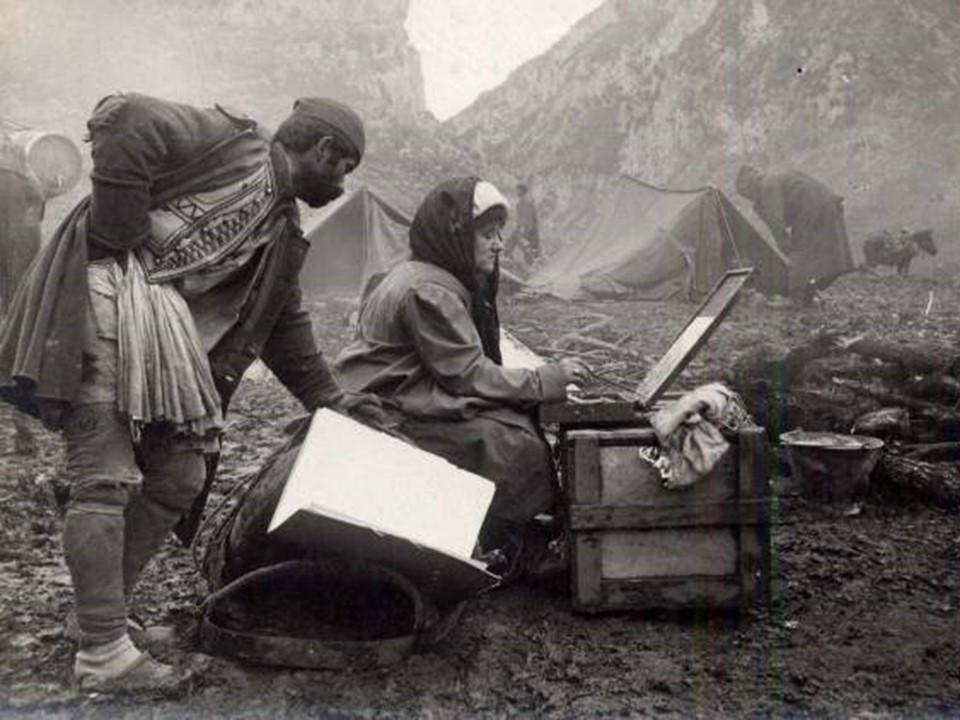
By November 25, 1912, the painter was in Thessaloniki, just a month after the city’s Liberation. She witnessed exciting days, historical developments and emotional moments… Hosted by the architect Athanasios Zachos and his wife Pagona, Thalia Flora-Karavia explored the city… its famous harbour, the Byzantine Churches, even Villa Allatini where the deposed Sultan Abdul Hamid was held under house arrest during the period 1909-1912. She also travelled to Thessaloniki’s countryside, in primitive conditions and by whatever means she could find…constantly recording her impressions! Could the small sketch of A Girl dressed in the traditional costume of Gida, be one of those impressions or was it painted earlier? I can’t tell but I like it a lot! Άγνωστα Έργα της Θάλειας Φλωρά-Καραβία στη Θεσσαλονίκη by Alkis Charalampidis is a good article to start your exploration. https://ejournals.epublishing.ekt.gr/index.php/makedonika/article/viewFile/6049/5787
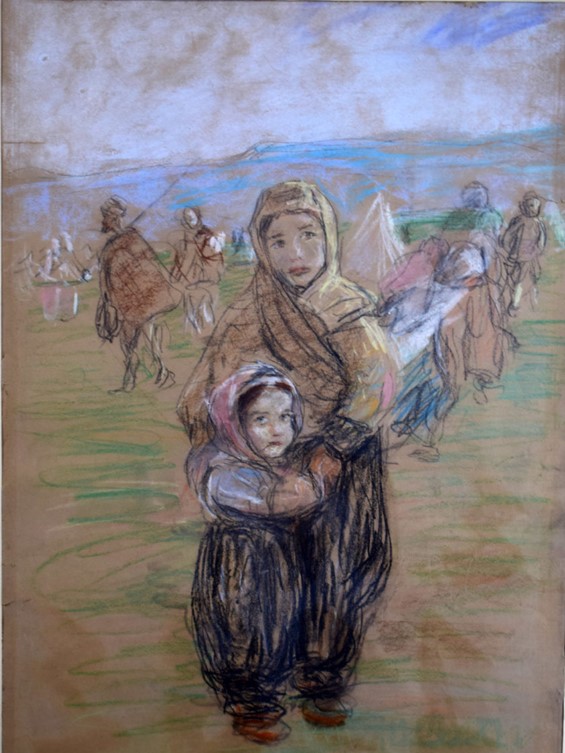
Refugees in Thessaloniki, December 1912, coloured drawing on paper, 0,46 X 0,305, Γ΄ ΣΣ/NRDC-GR Collection
Starting November 25, 1912, the painter travels with the Greek Army… visiting places where neither a journalist nor another citizen is allowed to be, and only in Art are such sacred privileges given… recording little of blood-stained fields and more of everyday life of the soldiers in the rear and the portraits of interesting men and women, priests, nurses, gendarmes, members of the Royal Family, her friends and hosts, refugees… Thalia’s Flora-Karavia artworks from the Balkan Wars are unique primary sources that document four months of incredible “adventures.” She was a sensitive eyewitness and a thoughtful observer who defied every difficulty and prejudice, recording moments of humanity under peril. https://www.thinkfree.gr/thaleia-flora-karavia-kentro-istorias/
For a Student Activity on Thalia Flora-Karavia and Thessaloniki’s 1912 Liberation, please… Check HERE!

They are little STARS!!!
